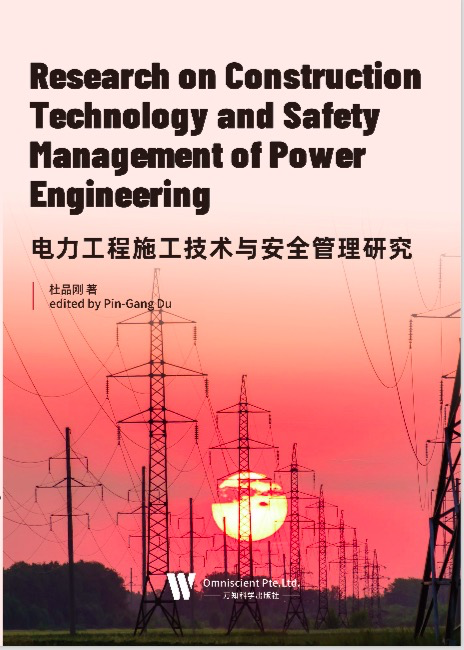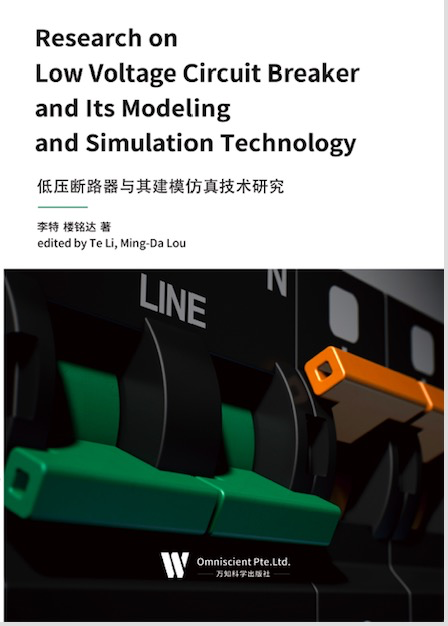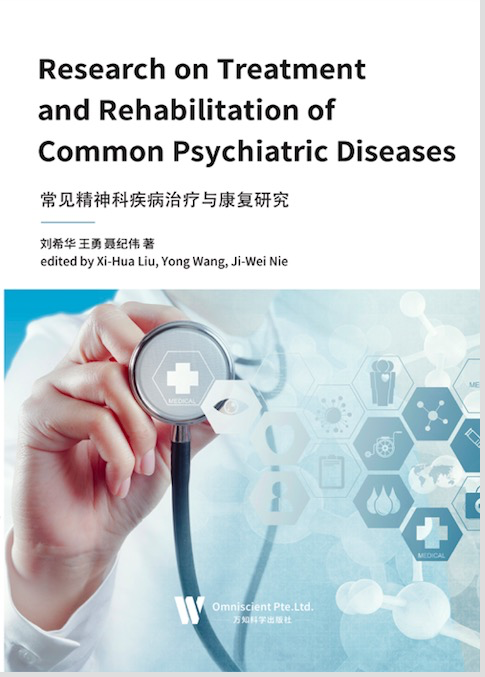
前言
长大深埋隧洞的设计及施工关键技术研究一直是水利工程人钻研和探索的方 向。隧洞穿越软弱围岩大变形、隧洞穿越断裂带及岩爆问题等是水利水电工程深埋 长隧洞设计及施工重难点的突出代表之一。
本书作者在软岩大变形、穿越断裂带、突泥涌水、岩爆、高地温以及隧洞有毒 有害气体等关键技术问题研究中,通过分析大量国内外工程实例,包括铁路隧道、 公路隧道、水工隧洞等工程中遇到的各类典型软岩地质问题及因软岩变形,穿越断 层断裂带等地质、遇到突泥、涌水、各类岩爆、高地温、有毒有害气体等问题引起 的事故,分析了隧道围岩发生变形原因及隧道设计与施工中存在的问题,对采用的 工程处理措施作了总结,并给出了引调水工程中遇到以上困难时的一些建议措施。
长大深埋隧洞的设计及施工关键技术研究经历了几十年,取得了丰硕的成果; 但因地质形态众多且复杂多变,各种因素所起的作用也因地而异,导致长大深埋隧 洞关键技术研究成果在具体工程应用时仍有许多亟待解决的问题。本书从工程实例 出发所作的研究,积累了丰富的资料,得出了一些重要的认识和结论。本书虽然还 存在若干有待补充和完善之处,但仍不失为一部有价值的学术研究和科技成果著作。
本书由高涛、张翔两人撰写,具体撰写内容如下:高涛(黄河勘测规划设计研 究院有限公司)负责第一、三、四、五章节撰写,共计 11 万字;张翔(黄河勘测规 划设计研究院有限公司)负责第二、六章节撰写,共计 5 万字。

前言
随着社会的进步,科技的发展,我国的电力工程也顺应时代的潮流在不断的改 革更新,而电力工程在如今众多工程中的地位也逐渐显现出来。面对现如今不断增 加的需求,电力工程建设也在不断的增加和扩张,而工程的质量也在不断的提升。 当然这一切都离不开技术的发展,正是由于施工技术的发展才使得工程的安全能够 得到有效的保证,由此可以看出,提高电力施工技术,加强施工管理对企业的发展 有着至关重要的作用。电力工程施工技术不但能够影响到工程质量的好坏、工作人 员的人身和财产安全,而且关系到企业的整体运营和经济的效益。因而,做好对电 力工程施工技术和管理的研究分析在目前是很有必要的。
在电力工程施工期间,施工技术的好坏对于工程施工质量有着决定性影响,与 此同时,它还会限制电力企业的稳定发展,从中看出,加大对电力工程施工技术的 应用以及管理力度是很有必要的。当前,我国电力工程市场竞争日益激烈,所以电 力工程施工企业务必提升自身的竞争能力,只有这样,才可以在市场竞争中占据主 导位置。

前言
低压断路器是用于交流电压 1200V,直流电压 1500V 的电路中起通断、控制或 保护等作用的电器。低压断路器是电器工业的重要组成部分,在机械行业中是基础 配套件,在配电系统中低压成套开关设备主要由各种低压断路器元件构成,低压断 路器的功能及性能对低压成套开关设备起着至关重要的作用。发电设备所发出电能 的 80%以上是通过低压断路器分配使用的。每增加 1 万千瓦发电设备,约需 2 万件 左右的各类低压断路器与之配套。在工业自动化系统中,也需要由低压断路器构成 的各种控制屏、控制台、控制器等产品。
我国低压电器行业经过了 60 多年的发展,目前已成为全球低压电器最大制造 国。新能源发电系统、低压直流电网等也为低压电器行业的跨越式发展和自主创新 提供了难得的机遇,同时与国际知名低压电器公司的竞争也日趋激烈。因此,在低 压电器小型化、智能化、高性能,节能环保的发展趋势下,如何提高企业的核心竞 争力,使我国进一步成为低压电器强国,是低压电器行业所面临的重要问题和现实 需求。
低压断路器的性能在很大程度上反映了一个国家低压电器的设计与生产水平。 我国低压断路器行业目前正处于摆脱以仿制为主、经验设计+试验验证相结合研发 模式的关键时刻,进一步推广低压断路器的数字化建模和仿真技术对推动整个行业 的技术进步至关重要。

前言
随着社会变革、城市化、老龄化进程的加快,家庭社会结构的不断变化以及社 会竞争和公众心理压力的不断增加,精神卫生问题越来越突出。据世界卫生组织统 计,全世界致残的十大病因中包括五种精神疾病(即单相抑郁、酒精滥用、双相情 感障碍、精神分裂症和强迫症)。精神疾病不但影响个体健康,而且对他人安全和 社会安定有严重影响。因此,对精神疾病进行从预防到治疗和康复的系统管理有重 要的现实意义。
人类的健康包括躯体健康和精神健康,因此精神疾病也是危害健康的重要因 素。焦虑症、强迫症、创伤后应激性障碍等精神疾患严重影响患者的生活质量。目 前,精神健康服务的设施和人才严重不足,远远不能满足人们对提高精神健康水平 的需求。
随着我国社会主义市场经济的迅猛发展,信息技术、生物技术和其他高新技术 在各领域的广泛应用,临床诊疗护理的新理论、新技术、新方法不断涌现,医学学 科之间,以及医学学科与人文社会学科之间也广泛相互渗透、影响,形成了一大批 引人注目的医学新学科。同时,随着人口的老龄化、疾病谱的变化,以及全民卫生 保健意识的不断增强,人们对精神心理卫生方面的认识和需求不断增加,对广大医 务工作者的临床诊疗护理技术和执业能力也提出了更高的要求。学习新理论、掌握 新技术、不断提高业务水平,是广大医务人员所面临的共同任务。

前言
在新的时代背景下,企业间的竞争愈发激烈,企业在当前竞争环境下想要谋求 发展,必须要加强经营管理,提升自身市场竞争力,在此过程中,首先就需要做到 财务会计与管理会计的融合,以便优化内部资源,实现资源的合理配置,最大程度 地降低企业生产成本,提高企业的经济效益。由此可见,做好新形势下财务会计管 理的工作十分重要,是促进企业发展的有效途径。
管理在企业中占有重要地位,是企业的重心,关乎企业的生存和发展。会计管 理制度的实行是企业有效运行并且持续发展的保障,会计工作人员队伍的规范化有 助于企业会计管理制度的实行和企业的长足发展。但是,经济的发展和变化以及企 业内部管理层的更替带来的制度上的一些改变,使得企业会计管理方面出现了较多、 较为严重的问题,这些问题都一定程度上阻碍了企业的正常发展。
在经济快速发展的今天,要想在激烈的社会竞争中脱颖而出,会计财务工作必 须落到实处,这样才能拥有强有力的竞争力,获得长期的稳定发展。企业在财务会 计管理过程中要认识到自身发展中存在的问题,寻找合适的解决方法。会计队伍的 管理壮大也要受到足够的重视,并通过各种方式提高会计工作者的整体素质。只有 全方位、多角度地提高会计管理水平,企业才能实现可持续发展战略。